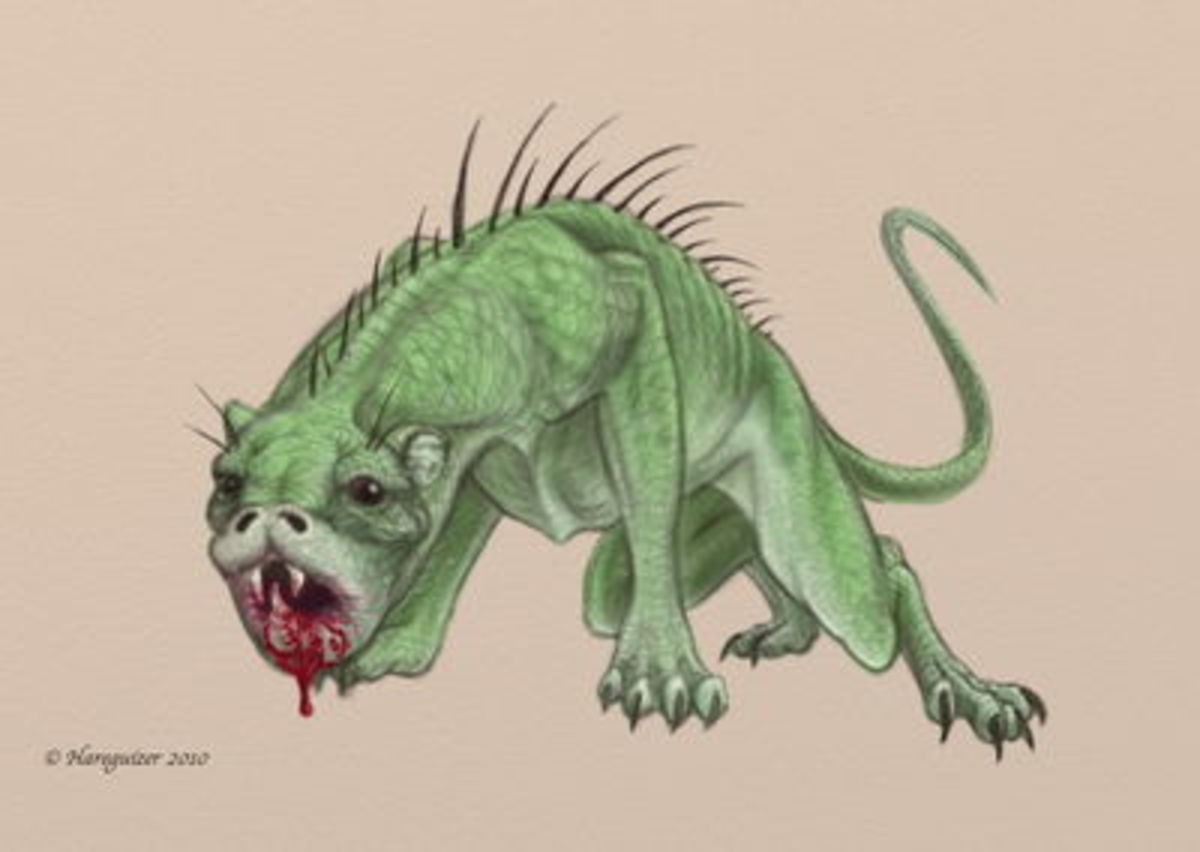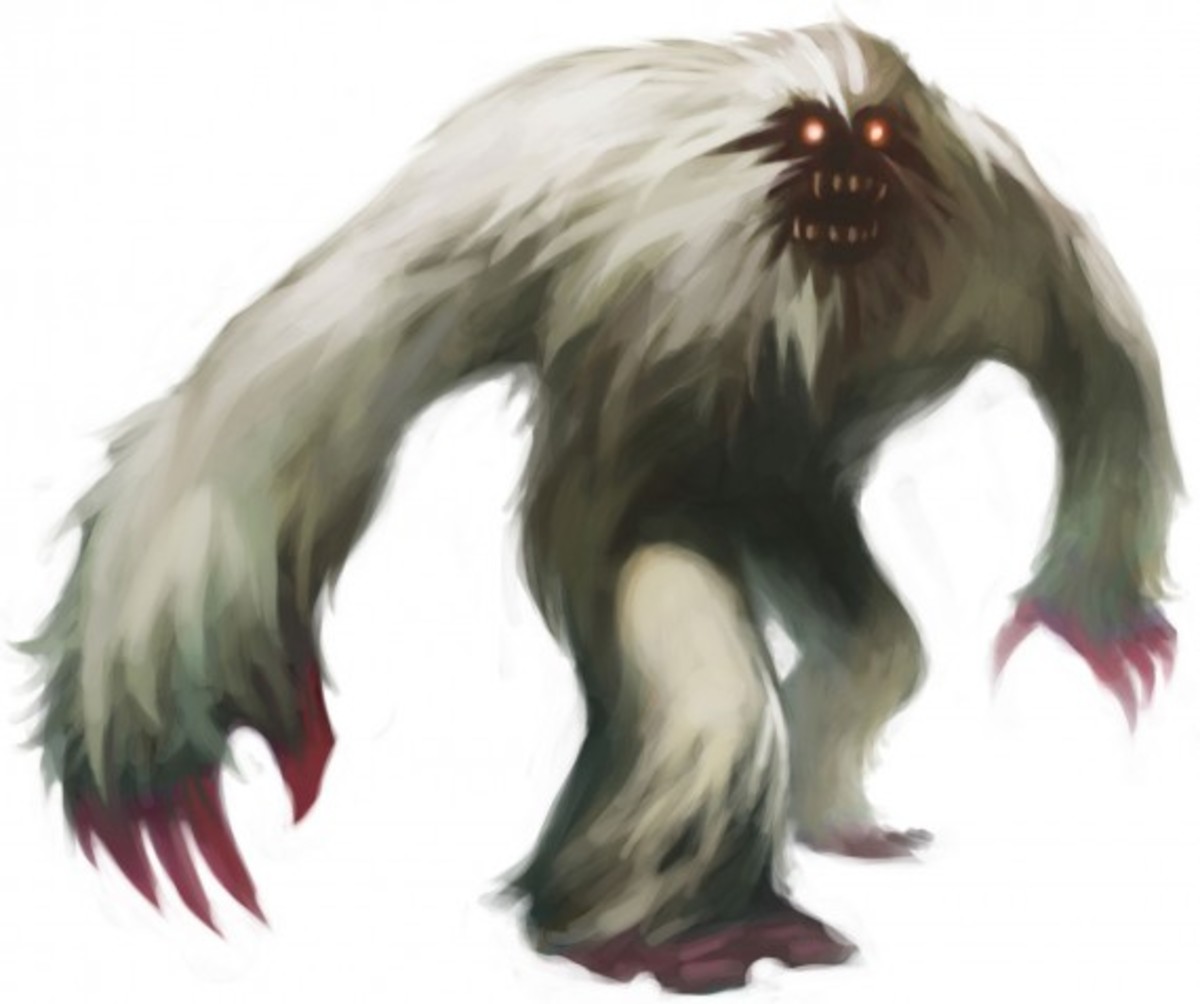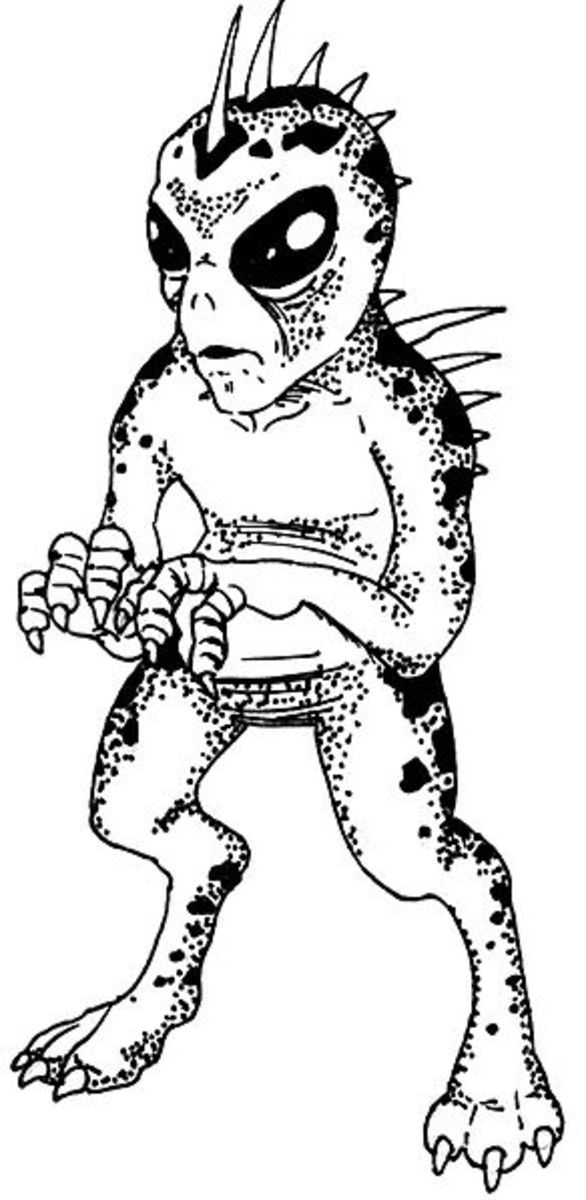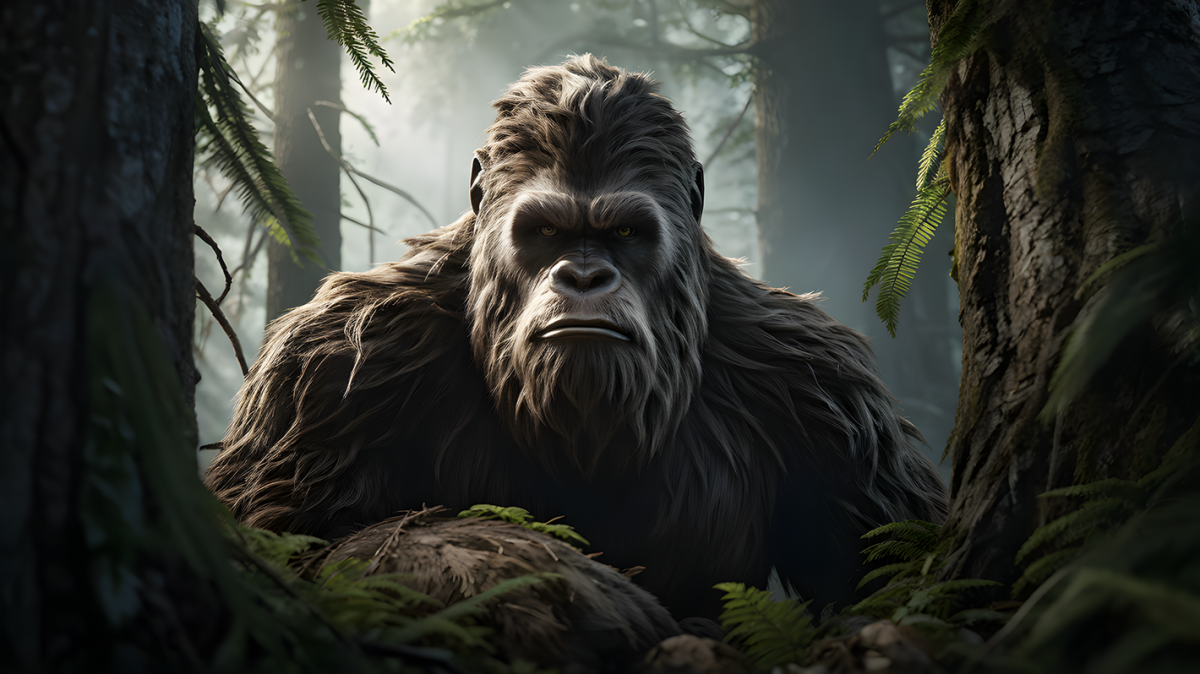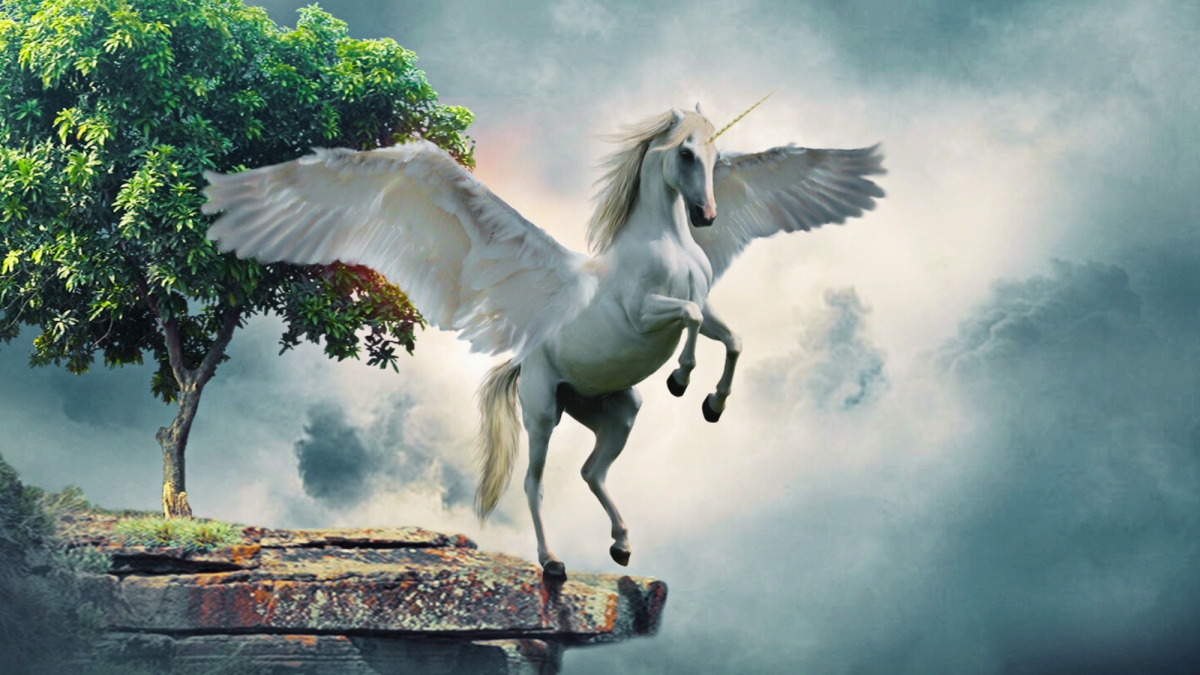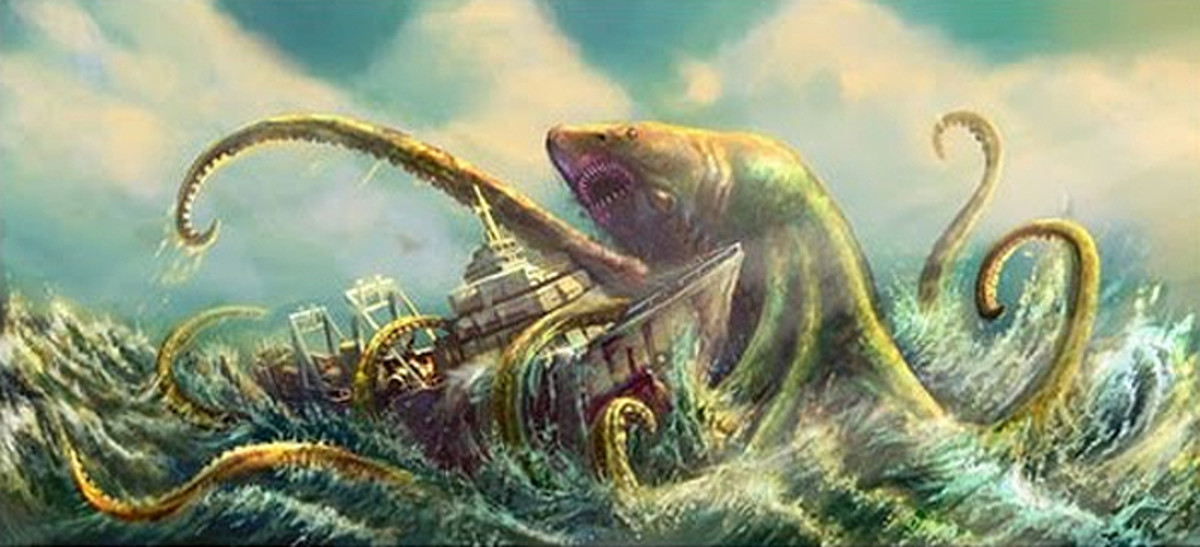- HubPages»
- Education and Science»
- Sociology & Anthropology»
- Folklore & Mythology
Living Dinosaurs in the Congo?
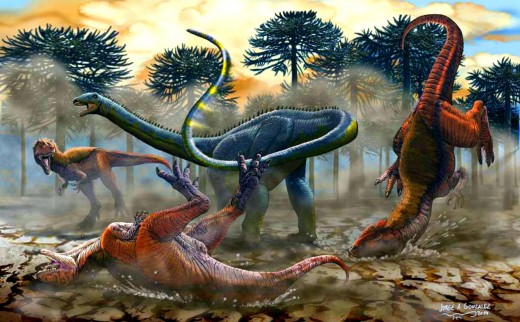
Somewhere hidden in the northeastern corner of the Republic of the Congo, unidentified creatures are quietly roaming an area of dense and flooded jungles, large lakes, rivers and swamps. They are creatures that have been seen by local natives—and killed by them, creatures whose tracks have been examined by western scientists, some of whom have also claimed sightings, and creatures that may have been filmed in 1992.
Creatures that in fact are living dinosaurs.
Mokèlé-mbèmbé
Natives living the area describe the creatures as having a small head on a long neck, a large “elephant-like” body, and a rat-like tail. It is believed to have left the rounded, three-clawed tracks that have been found in the area. The creature is said to be somewhere between the size of a hippopotamus and an elephant, reportedly between 16 to 32 feet (five to 10 meters) in length, including its long neck between five and ten feet (1.6 to 3.3 meters). The length of the tail is somewhere between five to ten feet. It has reddish-brown skin and four stubby but powerful legs, and there have also been reports of a frill like a rooster’s comb on the back of its head and other reports of a small horn.
The description fits several prehistoric animals and reptiles especially the Sauropod dinosaur, which scientists say is the closes. The Congolese creature, however, is considerably smaller. Prehistoric Sauropods are known to reach weights of 60 tons (54.4 metric tons) and have been called “arguably the largest creature ever to walk the earth.”
It has been reported that when natives of the Likouala area drew a representation of a mokèlé-mbèmbé in the dirt they drew the shape of a Sauropod dinosaur, and when westerners showed them a picture of a Sauropod dinosaur they identified that picture as a picture of the mokèlé-mbèmbé, the local name for the creature.
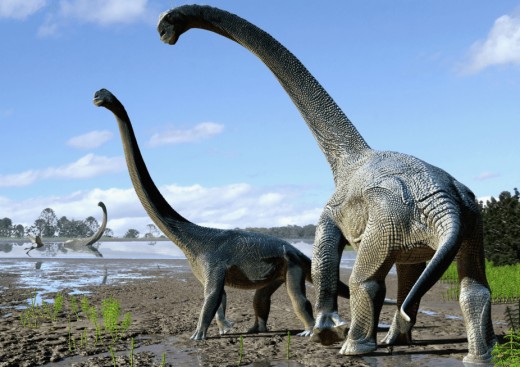
Sightings
In recent times, most sightings have been in the Likouala region in the northern part of the Republic of the Congo, an area the size of Florida that Congolese officials have declared as largely unexplored. (Sightings of similar creatures have also been made in nations near the Congo such as the Central African Republic, Equatorial Guinea, Gabon, and Cameroon).
In 1979 Rev. Eugene Thomas, a Christian missionary from Ohio, reported the killing of a mokèlé-mbèmbé twenty years earlier. Natives of the Bangombe tribe who lived near Lake Tele in the Likouala area, he reported, had constructed a large spiked fence in a tributary of Tele to keep the mokèlé-mbèmbé from interfering with their fishing. A mokèlé-mbèmbé nonetheless managed to break through the fence. In the process, it was wounded on the spikes, and the natives then killed the creature.
Later, Rev. Thomas reported, a victory feast was held during which parts of the animal were cooked and eaten.
On other occasions, tribes in the area have told investigators of hunters and fishermen who have unwittingly encountered mokèlé-mbèmbés, only to have their boats capsized and one or more of the men held beneath the muddy waters by the animal’s massive tail. The corpses of these men, the natives said, later washed ashore with their ribs crushed but showing no signs of being eaten.
In all, there have been more than two dozen searches for the "living dinosaur" of the Likouala region over the years and still no hard evidence has surfaced.
Could it be?
Is the existence of such a creature in such a place even possible?
Researchers have stated that there is no reason that a dinosaur or dinosaur-like creature could not be alive in the area. The climate of the Likouala area, they said, has not changed since the Cretaceous period 65 million years ago, the time when dinosaurs are reputed to have gone extinct. They have also noted that crocodiles, which existed in the Cretaceous period, have survived all but unchanged into the present era. In addition, the area involved is so remote, so large, so unexplored, and so given to flooding that such a creature could easily survive there in obscurity.
So, the mystery remains
“We simply know too little of the area,” one group of cryptozoologists have written. ‘The Dark Continent’ still remains just that.”

